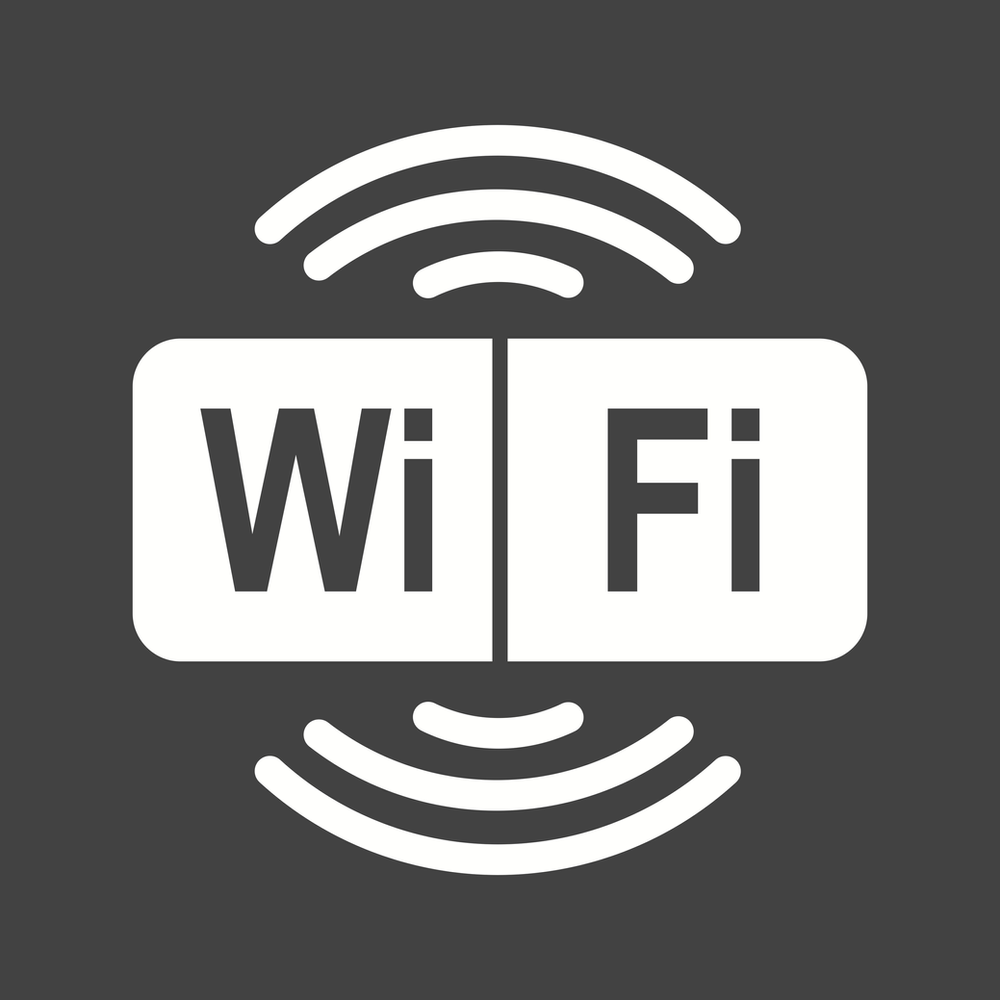WiFi connectivity is an essential part of the IT infrastructure. As we have discussed on other occasions, Wireless Networks are susceptible to many factors that cause connection problems and the disruption of network services. Things such as co-channel interference (CCI), adjacent channel interference (ACI), changes in the atmospheric condition, and core network services issues will affect WiFi performance. As the WiFi relies on other network services for its operation, any outage or issue affecting them also affects the WiFi network. Dynamic Host Configuration Protocol (DHCP) and Dynamic Name System (DNS) are two of the most critical network services on which WiFi operates.
What is DHCP, and how does it integrate with the WiFi network?
Dynamic Host Configuration Protocol (DHCP) is a client/server protocol that automatically provides an Internet Protocol (IP) address and other related network configuration information to clients. These include the subnet mask, default gateway, DNS server addresses, etc. Every device on a TCP/IP-based network must have a unique unicast IP address to access the network and its resources. Without DHCP, IP addresses devices must be configured manually; and IP addresses for computers that are removed from the network must be manually reclaimed.
With DHCP, this entire process is automated and managed centrally. The DHCP server maintains a pool of IP addresses and leases an address to any DHCP-enabled client when it starts up on the network. Because the IP addresses are dynamic (leased) rather than static (permanently assigned), addresses no longer in use are automatically returned to the pool for reallocation.
When the DHCP server fails new clients connecting the WiFi network may not be able to access the network resources, it’s important to notice that clients will be able to authenticate and associate to the WiFi network, but because they don’t have an IP address and routing information they won’t be able to communicate with other network devices and services.
The Wireshark graph below shows how the WiFi client sends DHCP requests to the DHCP server after successfully authenticating, but it gets no replies from the DHCP server. The first reaction when a problem like this occurs is to say that the WiFi does not work, but in reality, If we were to run a WiFi analysis, we would discover that all conditions are met for proper WiFi operations.

There are many reasons why a DHCP server would not work correctly; it could be server issues, pool depletion, misconfigurations, etc. Part of the WiFi network administration is to understand how other network services work and how they affect WiFi performance for management and administration. So, next time users communicate to you the WiFi network is not working, also take time to look at other the network services status.
We know the troubleshoot WiFi Networks, we have the knowledge, experience, and tools to get to the root cause of any network issue. We’re network experts; we have in-depth knowledge of or WiFi and Ethernet network configurations.
Feel free to contact us at 888-580-4450 if you assistance with your Wireless or Wired network configuration.


